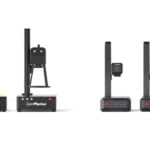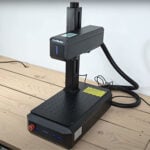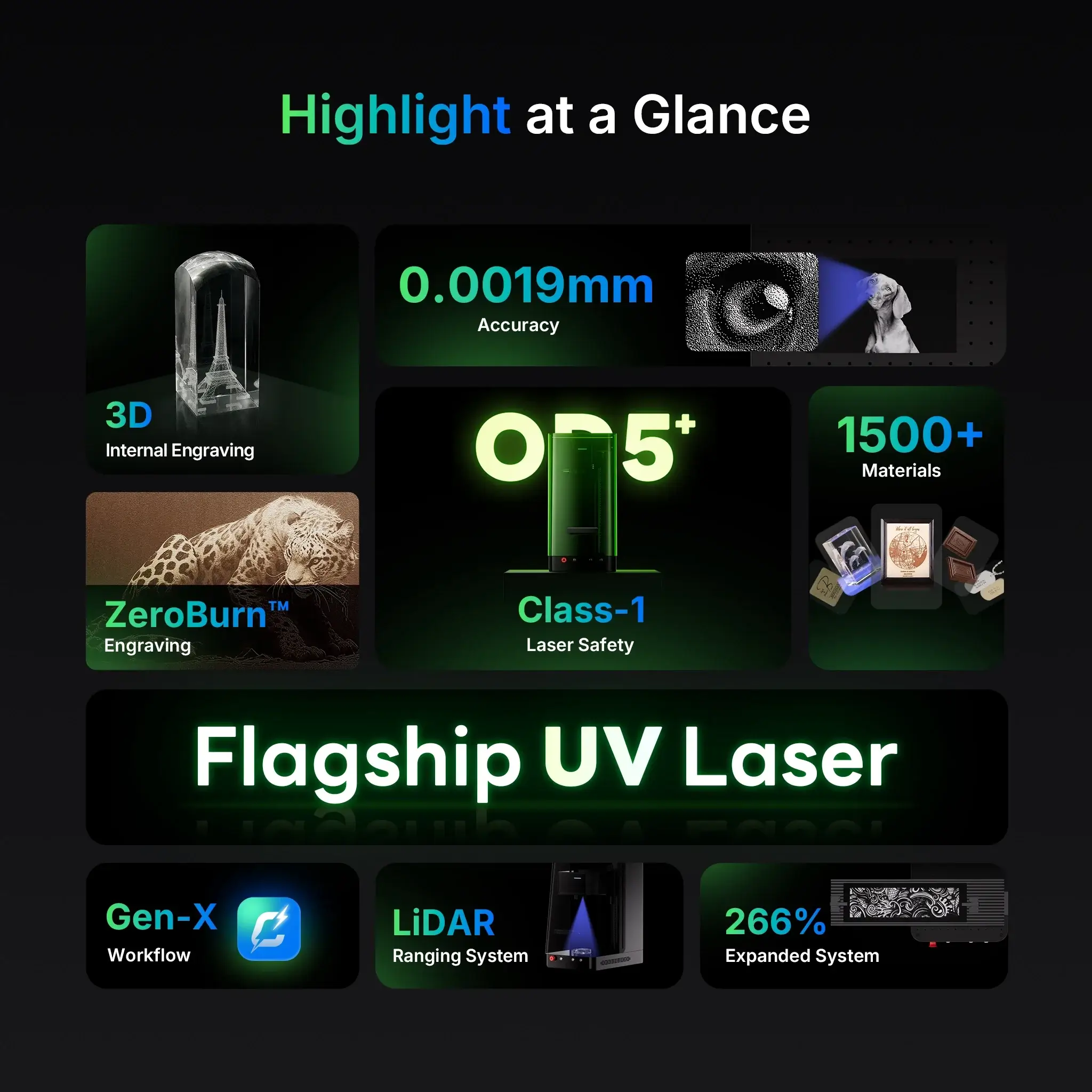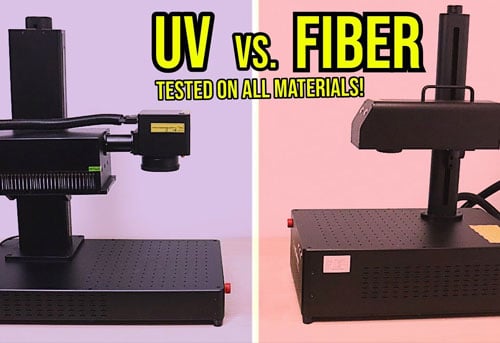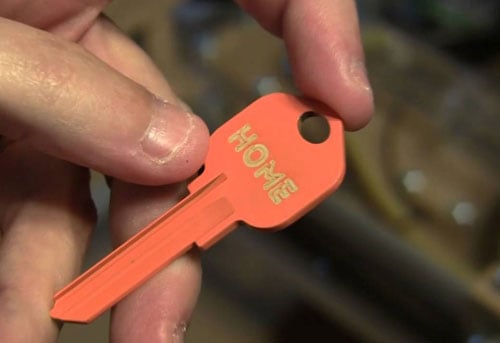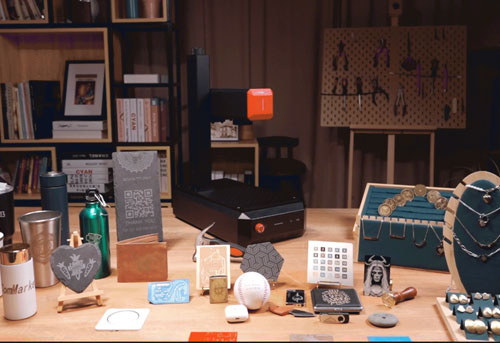Laser engraving has evolved far beyond its roots as a precision marking tool. In the era of Industry 4.0, it’s no longer just about etching designs into metal, wood, or plastic—it’s about data-driven customization, automated production, and full integration with digital manufacturing systems.
Industry 4.0’s core pillars—automation, connectivity, analytics, and customization—are transforming laser engraving into a high-tech manufacturing process capable of mass personalization at industrial speeds.

1. The Role of Laser Engraving in Industry 4.0
a) From Standalone to Connected Machines
Modern laser engravers are no longer isolated workstations. They can connect to MES (Manufacturing Execution Systems) and ERP (Enterprise Resource Planning) software, enabling real-time order tracking, automatic job scheduling, and production reporting.
b) Customization at Scale
Before Industry 4.0, personalization was time-consuming. Now, with variable data engraving (VDE) and database integration, each product can have a unique design—like serial numbers, QR codes, or customer names—without slowing production.
c) Cross-Industry Applications
- Automotive: VIN and part identification with full traceability
- Medical: UDI (Unique Device Identification) laser marking on surgical instruments
- Consumer Goods: On-demand personalization for gifts, electronics, and jewelry

2. Key Technologies Shaping the Future of Laser Engraving
Internet of Things (IoT) Integration
IoT-enabled laser engravers can transmit machine health data, predict maintenance needs, and alert operators to errors—minimizing downtime.
Artificial Intelligence (AI) & Machine Vision
AI-driven engraving systems can auto-adjust focus, detect part orientation, and verify engraving quality through high-resolution cameras.
Robotics & Automation
Collaborative robots (cobots) can handle part loading/unloading, making 24/7 unattended engraving possible.
Cloud-Based Workflow Management
Designs can be sent to engravers from anywhere in the world. Cloud integration also allows remote monitoring of job status and performance.

3. Benefits of Industry 4.0-Ready Laser Engravers
- Higher Throughput – Automated feeding systems and robotics reduce idle time.
- Reduced Human Error – Vision systems ensure engraving accuracy.
- Better Traceability – Every product can be marked with a unique ID linked to a database.
- Energy Efficiency – Smarter power management reduces operational costs.
- Faster Prototyping – Instant data transfer shortens product development cycles.

4. Challenges & Considerations
- Initial Investment: Industry 4.0-ready machines cost more upfront but offer faster ROI through efficiency gains.
- Cybersecurity Risks: Connected systems require strong security to protect intellectual property and production data.
- Skill Requirements: Operators need training in both laser technology and smart manufacturing systems.

5. Future Outlook
The convergence of fiber, UV, and CO₂ laser engraving with smart factory ecosystems will make on-demand, high-precision personalization a standard feature in manufacturing.
We can expect to see:
- Fully autonomous engraving cells
- AI-based quality scoring before shipment
- Integration with e-commerce platforms for instant engraving after purchase
In the Industry 4.0 era, laser engraving is not just a decorative or identification tool—it’s a key enabler of smart, connected, and customized manufacturing. Businesses that adopt Industry 4.0-ready laser engravers can offer faster lead times, higher precision, and true mass personalization, all while maintaining competitive costs.
Whether you’re in automotive, medical, or consumer goods manufacturing, now is the time to explore how laser engraving technology can fit into your digital transformation roadmap.



